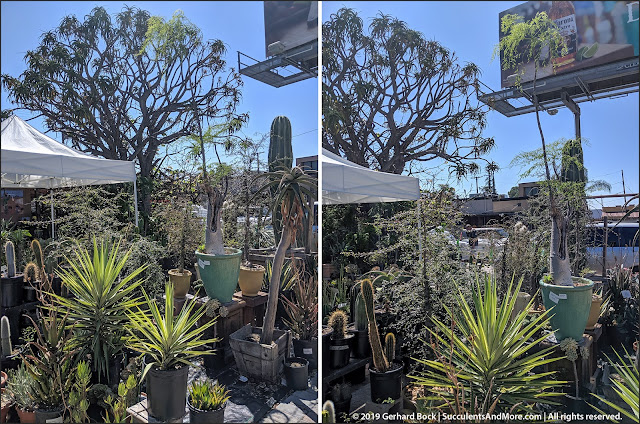December 2019 Arizona trip index

At the end of December 2019 I drove to Tucson, Arizona and back. Here are the posts from this trip: Highlights from my 2019 after-Christmas Arizona trip Plant haul from my December 2019 Arizona trip Tohono Chul Park: one of Tucson's must-see destinations for succulent lovers Visiting Jeff Moore's Arid Adaptations Nursery in Tucson, Arizona Potted perfection at the Arizona-Sonora Desert Museum Cactus Garden at the Arizona-Sonora Desert Museum Colorful plastic animals at the Desert Botanical Garden Agave Garden at the Arizona-Sonora Desert Museum
































